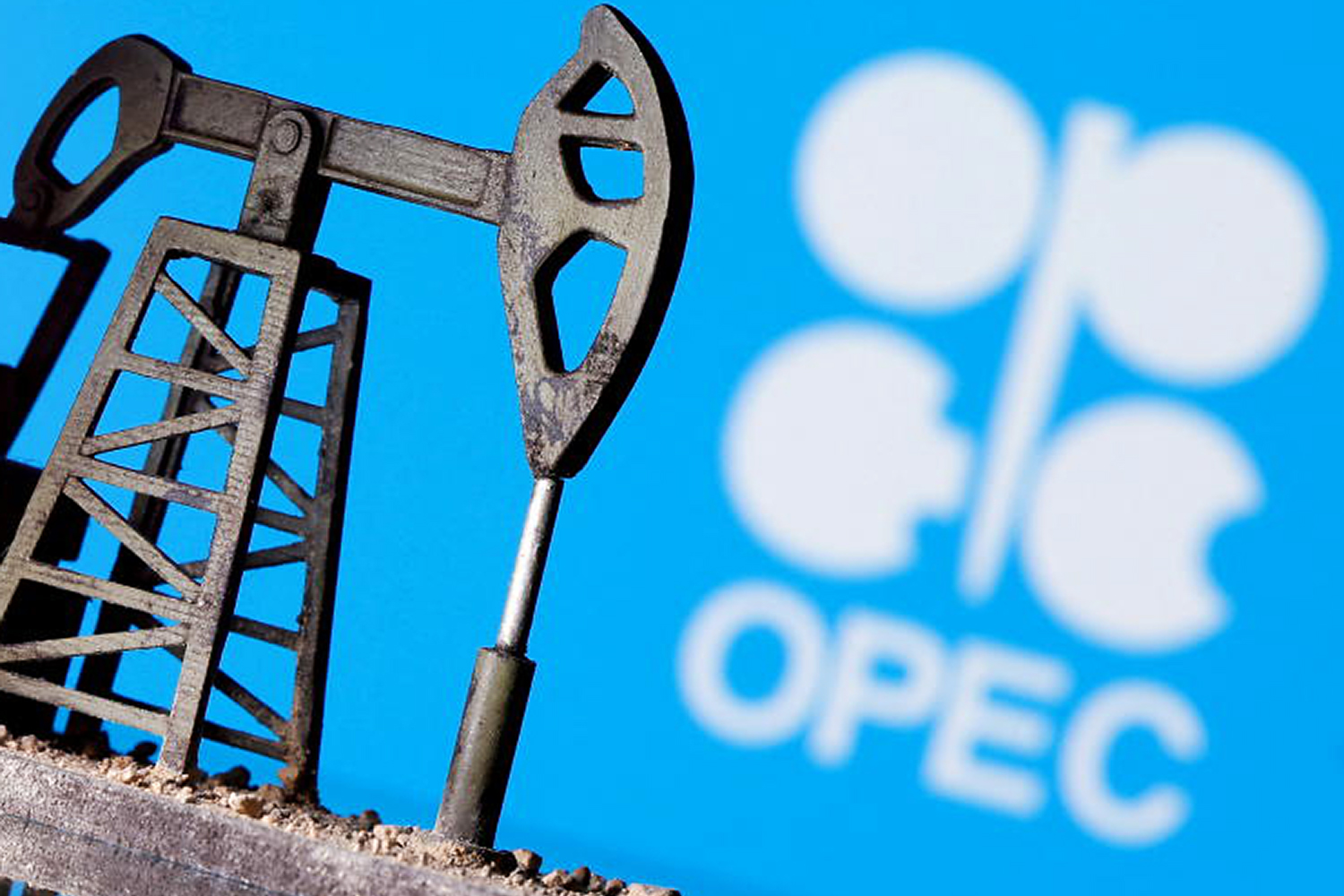Daily oil production by the Organization of Petroleum Exporting Countries (OPEC) would slip below 27 million barrels per day (bpd) by 2024.
The gap less than 27 per cent of the total global supply of 102 million bpd following Angola’s exit from the group.
The last time OPEC saw its market share fall to that level was at the height of the COVID-19 pandemic when global oil demand fell by nearly 20 per cent.
Earlier in December, Angola officially announced its exit from OPEC over disagreements regarding its oil production quotas.
The country’s crude output clocked in at 1.15 million barrels per day in November, a sharp decline from 1.88 million barrels per day in 2017, one year after it joined OPEC thanks in large part to under-investments in its aging, deepwater oil fields.
OPEC has managed to maintain a market share in the 30-40 per cent range, according to Reuters.
However, record shale production by the United States has cut into that deeply. U.S. oil output hit an all-time high of 13.1 million barrels per day in the current year mainly due to efficiency and productivity gains by drillers in a bid to combat low oil prices.
Some analysts have forecast a slackening of U.S. oil output increase will slacken in the New Year, but many others view the estimates from the Energy Information Administration (EIA) as too conservative for 2024.
The Organization believes the market share loss might only be temporary as it predicts that its global market share will come in at 40 per cent in 2045 largely due to non-OPEC output declining from the early 2030s.
The OPEC has forecast global oil demand will hit 116 million barrels a day (bpd) by 2045, 6 million bpd higher than expected in last year’s report, driven by growth demand by India, China, India, Africa and the Middle East.
India has been tipped to replace China as the main driver of global oil demand growth thanks mainly to a rapidly expanding population.
Further, the country’s transition to renewable energy is expected to be much slower than China’s with the country recently backing coal-fired electricity generation.




